The Stadium Heat Dilemma: A Growing Threat to Fans & Athletes
It is only the first week of summer, and global and local temperatures are almost at record levels. Major sporting events now take place in dangerously hot environments. A packed 60,000-seat stadium during the summer can become a heat trap, exposing fans, athletes, and staff to heat exhaustion, dehydration, or even heatstroke.
According to a 2023 study in The Lancet, over 489,000 heat-related deaths occur annually due to rising global temperatures. Stadiums without proper shade or airflow exacerbate this risk.
“The body’s ability to dissipate heat diminishes in high-humidity, high-temperature environments, particularly when surrounded by other bodies radiating heat.” Journal of Thermal Biology, 2021.

Why Overheating Is Dangerous — Physiology of Heat Stress
The human body regulates heat through sweating and vasodilation, which directs warm blood toward the skin for cooling. But in extreme heat and stagnant air, like a packed stadium, this system becomes overwhelmed.
When the core temperature exceeds 104°F (40°C):
-
Cognitive performance declines (Gao et al., Temperature, 2017)
-
Risk of heat stroke increases exponentially (Bouchama & Knochel, NEJM, 2002)
-
Muscular and cardiovascular strain worsens, especially in vulnerable populations
The neck, underarms, groin, and upper thighs are crucial for thermoregulation, as they contain large blood vessels near the surface. Cooling these areas directly improves heat dissipation and reduces core temperature, a principle Krazy Kool TechnologyTM is built on.
Top Strategies to Stay Cool in Crowded Stadiums
Proper access to hydration is critical in lowering core body temperatures to keep athletes, coaches, fans and staff safe, but in extreme heat, hydration may not be enough.
Cheuvront, S. N., Kenefick, R. W. (2014). Dehydration: Physiology, assessment, and performance effects. Conclusion: “Fluid replacement does not reduce core temperature once body heat storage is high; environmental or external cooling is needed.”
-
Hydrate Smartly
Use electrolytes to maintain fluid balance. Avoid alcohol, caffeine, and heavy meals, which dehydrate and increase heat.
-
Wear Heat-Conscious Clothing
Choose lightweight, UV-reflective, and breathable fabrics. Hyper-evaporative materials speed up cooling.
-
Time Your Exposure
Arrive early to avoid peak heat buildup. Take breaks in shaded or air-conditioned areas if possible. - Apply Targeted Cold Therapy- Cooling the right zones is more effective than overall cooling. (Yamauchi et al., J Physiol Sci, 2020) and Havenith, G., & van Middendorp, H. (1990) -The relative influence of body characteristics on humid heat stress response. Finding: Environmental cooling and skin surface cooling are critical to preventing hyperthermia — body composition and hydration status alone do not offer sufficient protection.
-
Use The Most Advanced All-Day Portable Cooling Tech
Hydration helps cool the body but in extreme heat it may not be enough. Don't bargain with your health and safety, as extremely heat can become a medical emergency very quickly. Wear the Krazy Kool Tech before the game, throughout the game, and after the game: the most advanced all-day cold therapy heat zone targeting system that is scientifically engineered and designed to boost your body’s natural cooling system (continuous cold therapy rating 4-6 hrs).
In-Stadium Strategies:
- Seek Shade and cooling breaks (If Available): Even momentary shade can offer significant relief. Pay attention to how the sun moves throughout the game and try to avoid direct sun. If the stadium has air-conditioned areas, restrooms, or concourses, take advantage of them for short breaks to cool down.
- Frequent Hydration: Continue to drink water and electrolyte beverages consistently, even if you don't feel thirsty.
- Pace Yourself: You'll be near many people, which can make it feel even hotter due to radiated body heat. Your personal cooling devices will be even more critical. Don't overexert yourself. Take breaks from cheering and standing.
- Monitor Yourself and Others: Be aware of the signs of heat exhaustion and heatstroke (dizziness, nausea, headache, confusion, rapid pulse). If you or someone else experiences these symptoms, seek medical attention immediately.
Real-World Use: From FIFA to Festivals
Events like the 2025 FIFA Club World Cup have already seen players and fans faint, cramp, or leave games early due to extreme heat. Imagine if every coach, parent, or player had access to Krazy Kool Tech, we could prevent thousands of medical incidents each season.
“The best time to cool down is before you overheat.” Dr. Michele Olson, Auburn University, Exercise Physiology.
Final Takeaway
If you plan on attending a summer game, coaching your team, or cheering from the bleachers under the direct sun, don't leave heat management to chance.
Krazy Kool TechnologyTM System is not just a product, it’s a personal heat defense system.
In extreme heat and humidity, water and hydration may not be enough to lower core body temperatures. With scientifically-targeted cold therapy, advanced materials, and hours of wearability, it's maybe your only defense against the modern heat crisis.
References (Expanded)
- Bouchama, A., & Knochel, J. P. (2002). Heat stroke. New England Journal of Medicine, 346(25), 1978-1988.
-
Gonzalez, R. R., et al. (2011). Effectiveness of cooling strategy targeting neck and torso. J Appl Physiol, 110(3), 606–615.
-
Gao, C. et al. (2017). Cognitive performance under heat stress. Temperature, 4(2), 145–162.
-
Yamauchi, T., et al. (2020). Core body cooling for heatstroke prevention. J Physiol Sci.
-
Armstrong, L. E., et al. (2007). Heat acclimatization strategies. Military Medicine, 172(3), 245–252.
- Extreme Physiology & Medicine (2022). Core zone cooling for thermoregulation.
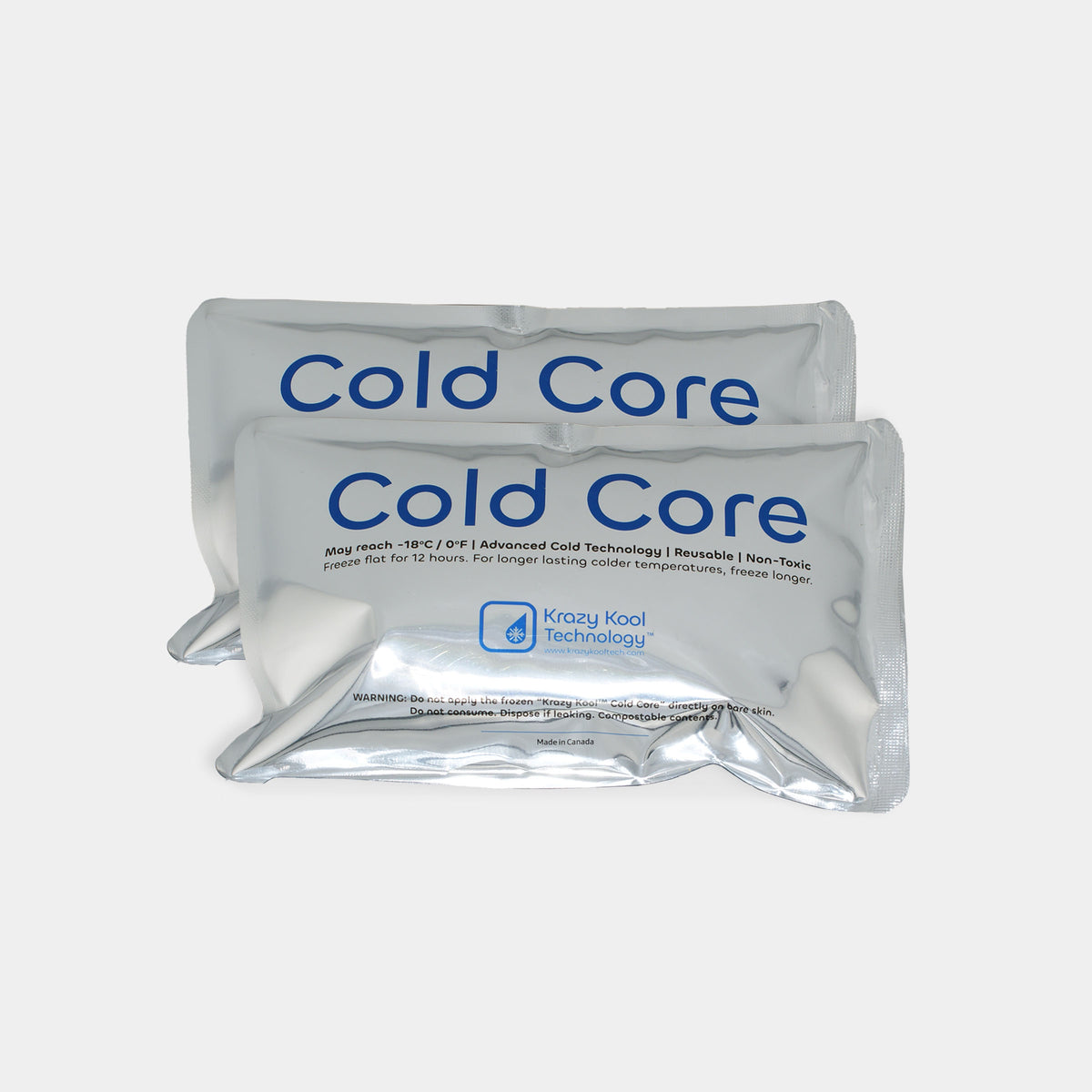

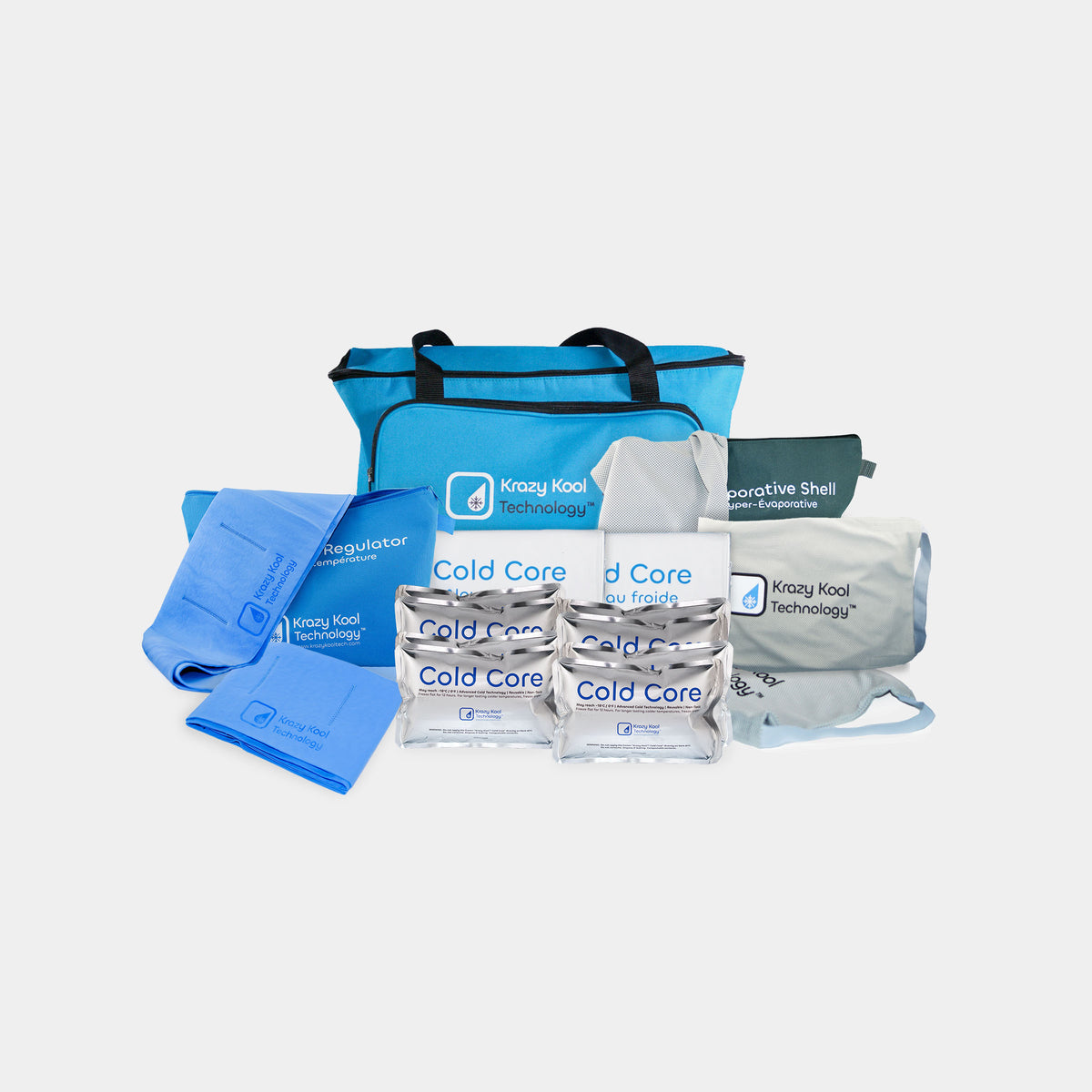
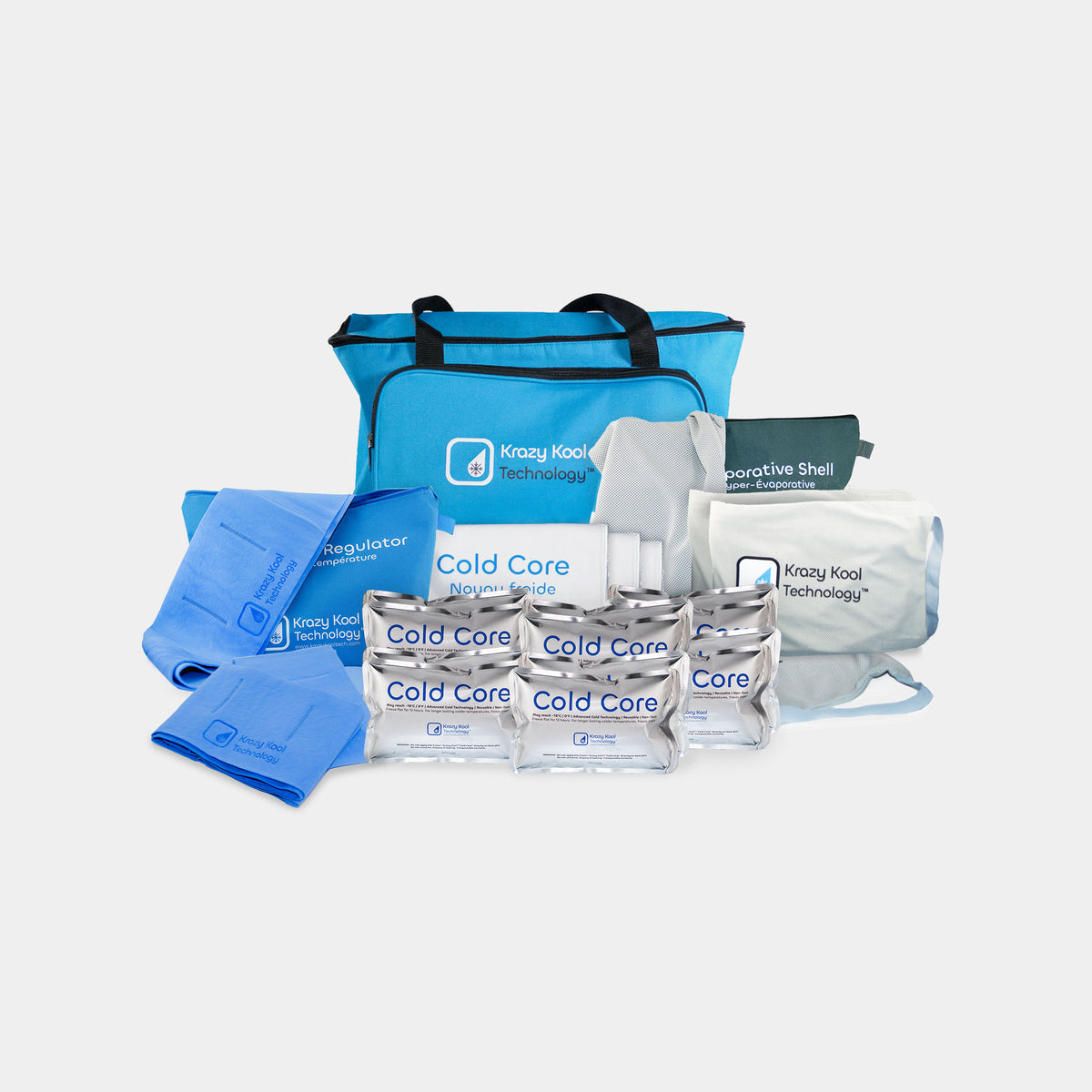


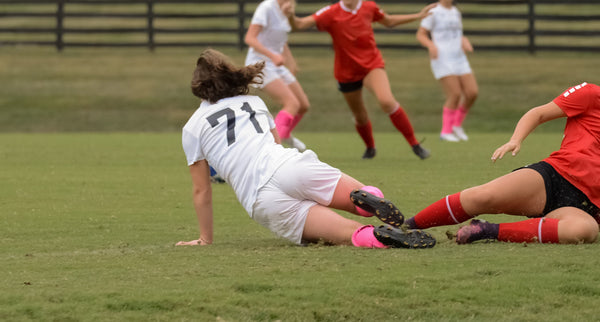

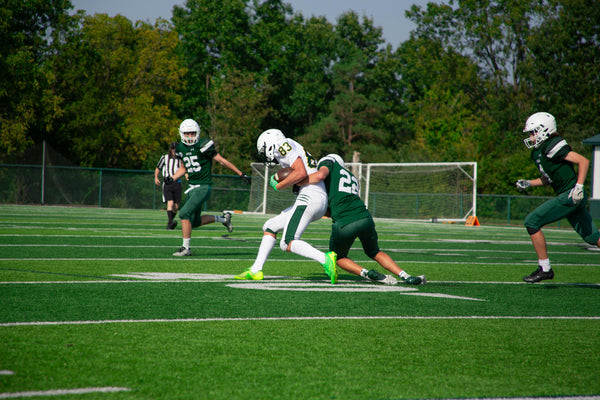



0 comments